Blog
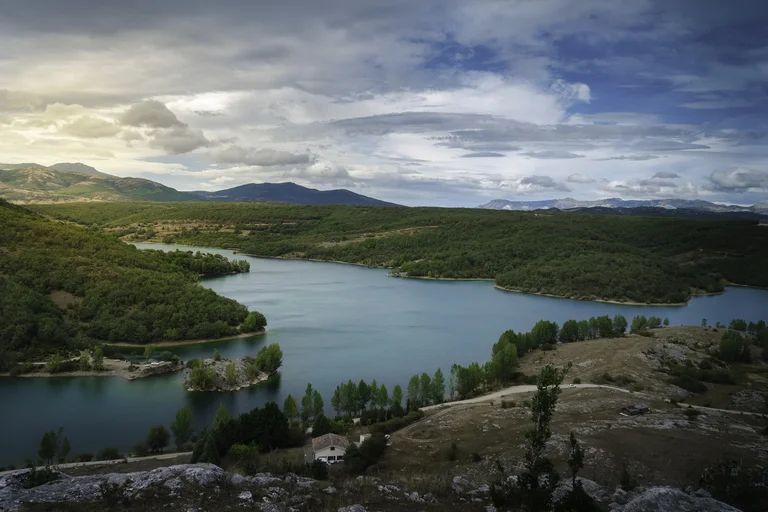
Most Unusual Lakes In The World 8 Natural Wonders
When we think about lakes, the first image that comes to mind is calm blue water surrounded by trees and mountains. But the truth is, the most unusual lakes in the world don’t look like this at all. Some are bubblegum pink, others boil like hot cauldrons, and a few are home to millions of jellyfish.
Why These Unusual Lakes Fascinate the World:
Lakes are usually seen as peaceful spots, but some around the world completely shatter that expectation. From lakes that glow bright pink to ones that bubble like a boiling pot, these natural wonders show us just how diverse and surprising our planet can be. What makes them so fascinating isn’t just their beauty — it’s the rare science, unique ecosystems, and rich cultural stories behind them. Travelers, scientists, and nature enthusiasts are all drawn to these lakes because each one tells a story you won’t find anywhere else.
8 Most Unusual Lakes in the World:
1. Lake Hillier, Australia – The Bubblegum Pink Wonder:
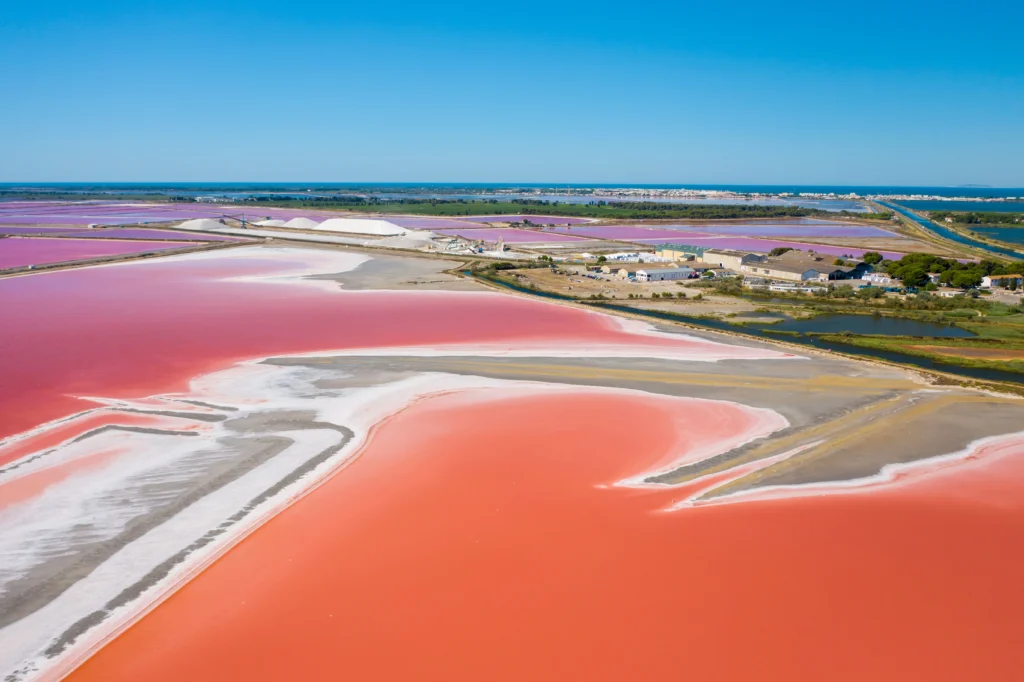
Imagine a strawberry milkshake-colored lake! That’s Lake Hillier, sitting on Middle Island in Western Australia. Its bubblegum-pink color comes from salt-loving algae and bacteria that produce a red pigment. What’s even more surprising is that the water stays pink even when you take it out of the lake and place it in a bottle.
2. Boiling Lake, Dominica (A Natural Hot Cauldron):
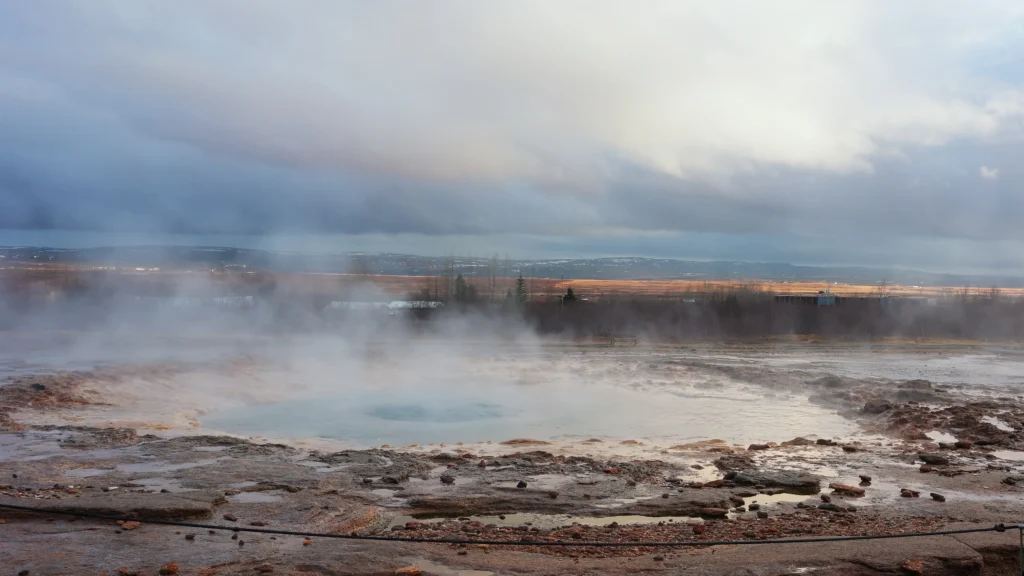
Deep in the lush forests of Dominica, you’ll find one of nature’s most bizarre lakes—the Boiling Lake. Just as its name suggests, it’s a steaming, bubbling cauldron of water heated by underground volcanic activity. With temperatures reaching near boiling point, thick clouds of vapor rise constantly from its surface, creating a dramatic, almost otherworldly scene.
Though swimming isn’t an option, daring hikers trek for hours along rugged trails to get a close-up view of this rare natural wonder. The lake is part of the UNESCO-listed Morne Trois Pitons National Park, making it both a geological marvel and a thrilling adventure for anyone brave enough to explore it.
3. Jellyfish Lake in Palau – Swimming Among Millions:
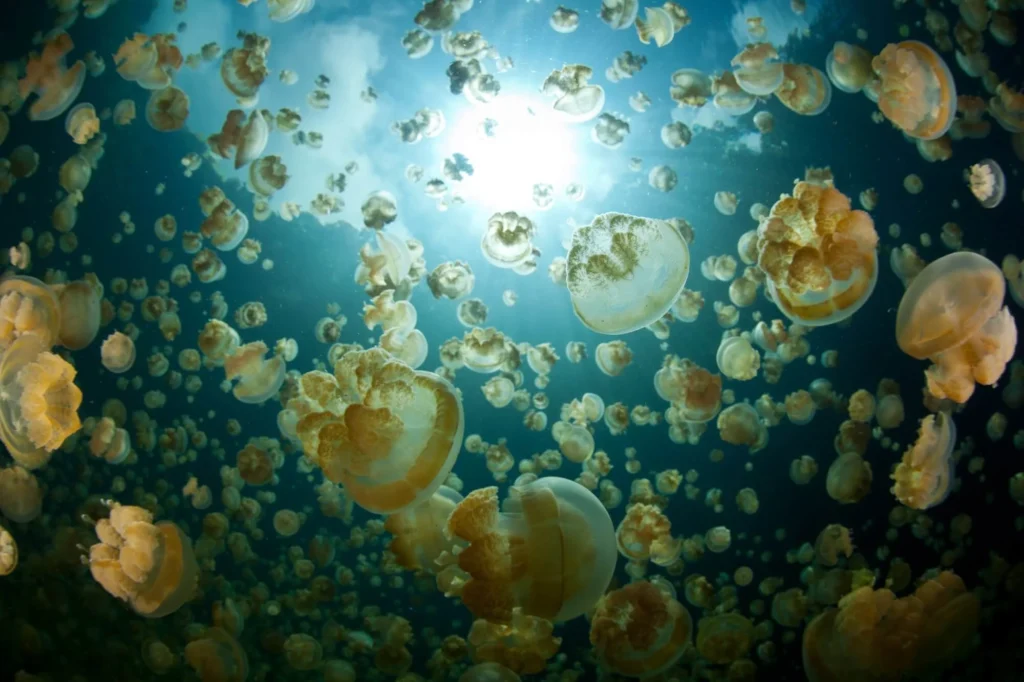
In the Pacific island nation of Palau lies a lake unlike any other. Known as Jellyfish Lake, it is home to millions of golden jellyfish that drift gently through its waters. What makes this place truly unique is that these jellyfish have lost their sting over thousands of years of isolation, making it safe for people to swim alongside them.
Snorkeling here feels like entering another world, surrounded by countless glowing creatures moving with the sunlight. For travelers, it’s a magical, once-in-a-lifetime experience that shows just how extraordinary nature can be when life adapts in unexpected ways.
4. Lake Natron, Tanzania (The Petrifying Lake):
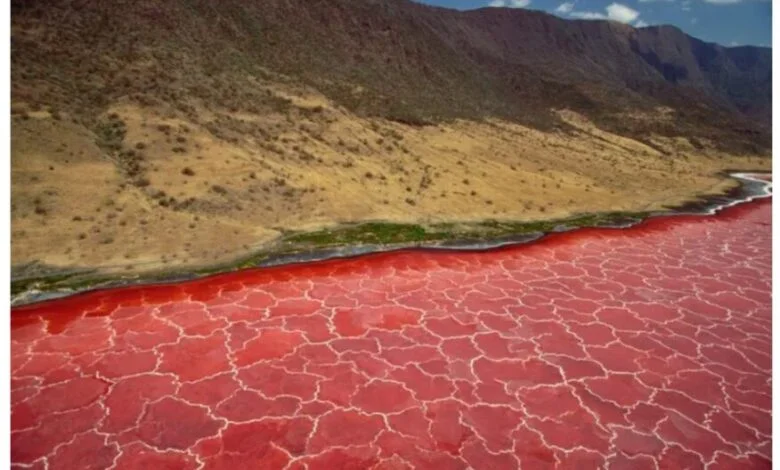
In northern Tanzania, Lake Natron is one of nature’s most striking yet dangerous wonders. Its waters can reach up to 60°C (140°F) and are highly alkaline, filled with sodium carbonate and other minerals. This unusual chemistry has an eerie effect—animals that die in the lake become preserved, almost like stone statues, earning it the name “the petrifying lake.
5. Spotted Lake, Canada (A Lake Full of Colorful Spots):
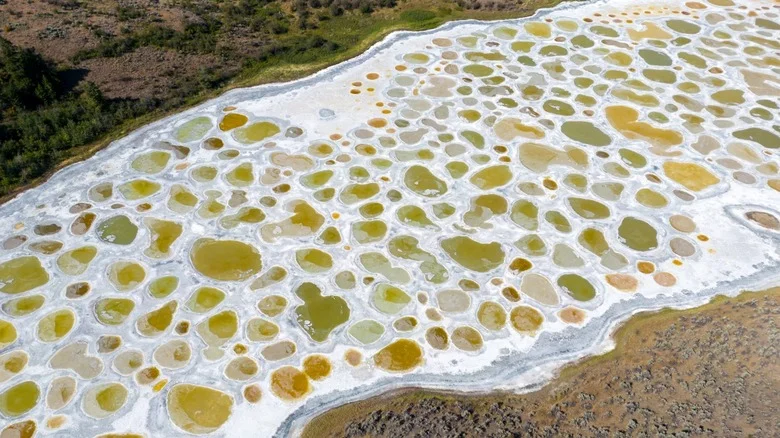
In British Columbia, Canada, lies one of the most visually unusual lakes on Earth. Known as Spotted Lake, it transforms into a colorful mosaic every summer. As the water level drops under the heat, high concentrations of minerals such as magnesium sulfate, calcium, and sodium form round patches across the surface. These mineral-rich “spots” appear in shades of green, yellow, and blue, giving the lake a surreal, painted look.
For the Okanagan Indigenous people, this lake carries deep cultural and healing significance. Today, visitors can admire it from a designated area, as the lake remains both fragile and sacred. Its constantly shifting appearance makes it feel like a living artwork, crafted by nature itself.
6. Lake Baikal, Russia (The Deepest Lake on Earth):
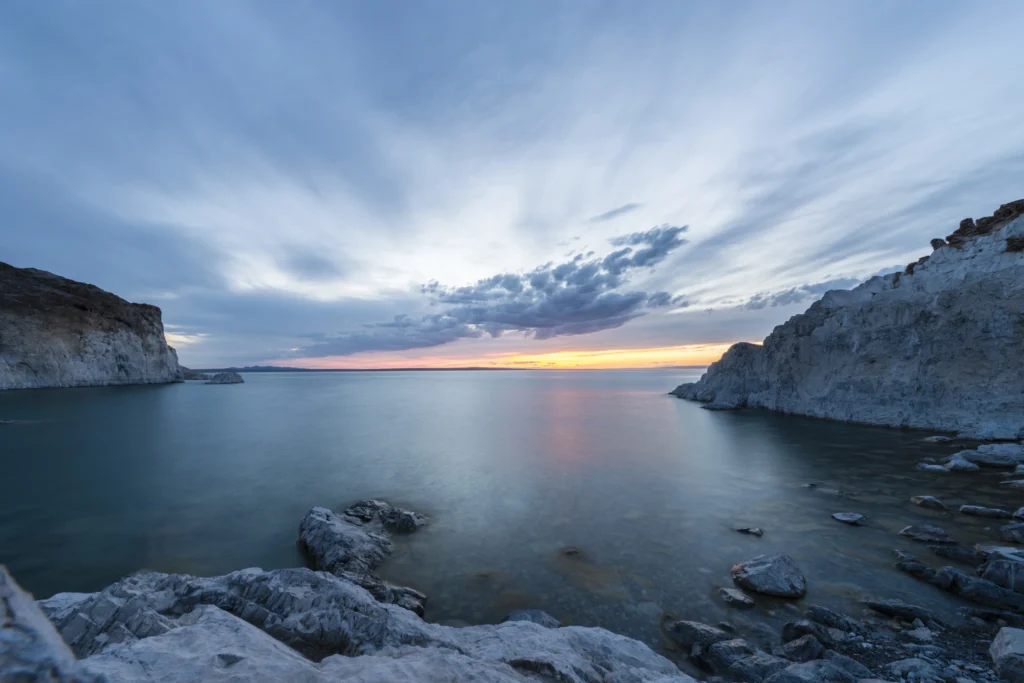
Lake Baikal, tucked away in the vast landscapes of Siberia, holds more records than any other freshwater lake. With a depth of 1,620 meters, it’s the deepest lake in the world and one of the oldest, estimated to be around 25 million years old. What makes Baikal even more impressive is that it holds about 20% of the planet’s unfrozen freshwater—more than all of North America’s Great Lakes combined.
Formed in a rift valley where the Earth’s crust is slowly pulling apart, Lake Baikal continues to widen and deepen by about 2 centimeters per year. Its age and isolation have created an incredible ecosystem with thousands of endemic species found nowhere else on Earth, including the world’s only freshwater seal (the Baikal seal) and the transparent Baikal oil fish.
7. Hidden Under Ice: Lake Vostok in Antarctica:
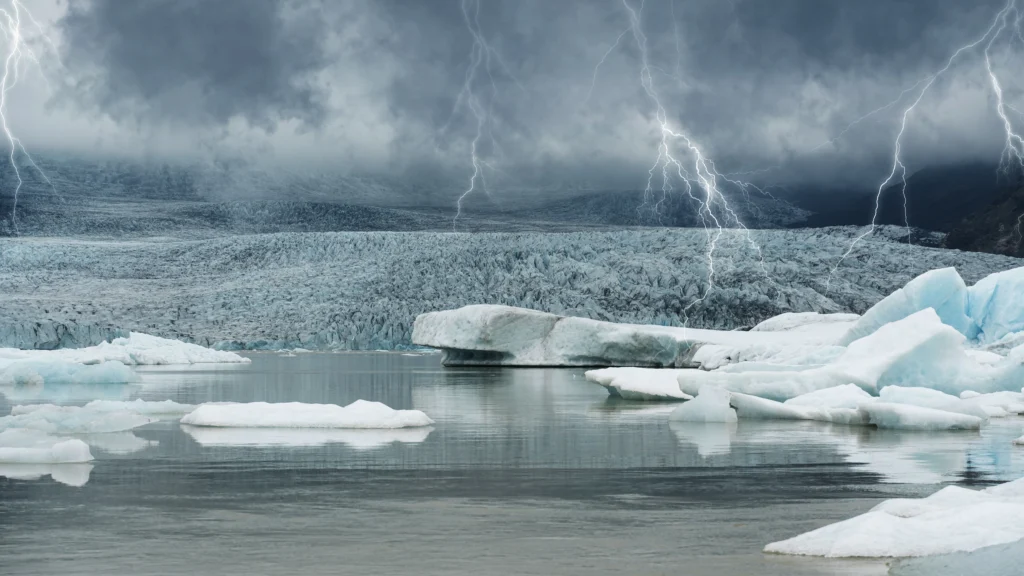
Buried under 4,000 meters of Antarctic ice, Lake Vostok is one of the largest subglacial lakes on the continent. Despite being buried for an estimated 15 million years, this freshwater lake remains liquid due to immense pressure from the ice above and geothermal heat from below.
Scientists are especially interested in Lake Vostok because of its potential as a model for alien environments. Lake Vostok’s conditions—total darkness, high pressure, and isolation might be similar to those on Saturn’s moon Enceladus or Jupiter’s moon Europa, where icy shells conceal subterranean oceans.
8. Lake Titicaca, Peru/Bolivia – The Highest Navigable Lake in the World4
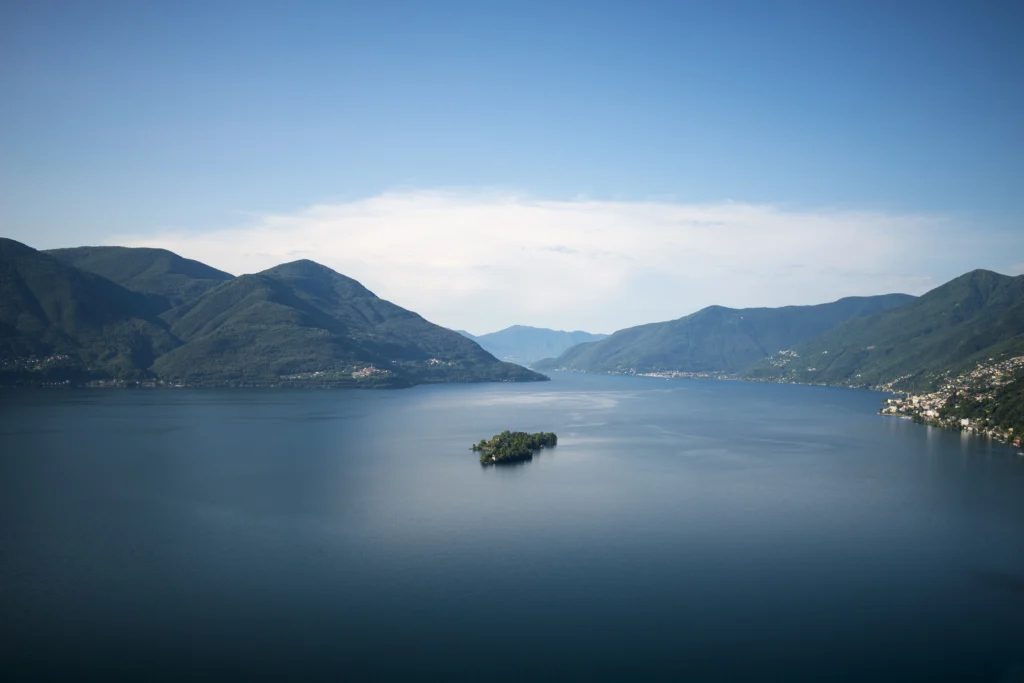
Lake Titicaca, nestled between Peru and Bolivia, holds the title of the highest navigable lake in the world, sitting at an altitude of over 12,500 feet. It’s not just its height that makes it remarkable, but also its cultural significance to the indigenous communities who have lived around it for centuries. The lake is known for its stunning blue waters, floating islands made of reeds, and ancient Incan history. It’s a unique blend of natural beauty and rich heritage, making it a must-see destination for travelers.
What These Unusual Lakes Teach Us About Earth:
Each of these unusual lakes is more than just a travel destination—they’re living lessons about our planet. From volcanic activity shaping Dominica’s Boiling Lake to microbes coloring Australia’s Lake Hillier, these lakes show us how Earth’s systems adapt and evolve in extreme environments. They remind us that life can thrive in places we might consider uninhabitable, offering valuable clues about resilience and adaptation.
Scientists study these lakes not only to understand geology and ecology but also to explore possibilities of life beyond Earth. For example, the conditions in Lake Vostok beneath Antarctic ice are compared to frozen moons like Europa, where oceans may lie hidden under thick ice sheets. These natural wonders expand our knowledge of both Earth’s past and the mysteries of the wider universe.
Safety and Travel Advice for Lake Adventures:
Visiting unusual lakes is exciting, but safety should always be your top priority. Lakes like Dominica’s Boiling Lake are too dangerous for swimming, while others, like Jellyfish Lake, require special permits. By following a few simple safety rules, you can make your adventure both fun and responsible:
Check for Accessibility:
Some lakes, like Australia’s Lake Hillier, are only accessible by air, while others require long hikes or difficult trails. Make sure you check how to get there ahead of time — some lakes are only accessible during certain seasons or by using specific transportation.
Stay hydrated and protected:
Always carry enough water, sunscreen, and protective clothing when visiting unusual lakes, especially in hot or high-altitude areas. These essentials help you stay comfortable and safe, preventing dehydration, sunburn, or heat exhaustion during your adventure.
Respect the Environment:
Many of these lakes are home to rare species and delicate ecosystems. Be sure to follow local guidelines and keep a safe distance from wildlife. Stick to marked paths and always leave the place as you found it. The better you treat these places, the longer they’ll stay beautiful for future visitors.
Follow Local Rules:
Each of these lakes has its own set of local rules. For example, Lake Baikal in Russia is part of a UNESCO World Heritage site, so you’ll need to follow strict regulations. Always respect the local laws and customs to help protect both the lakes and the communities that live nearby.
For a safer and more informative experience, consider using guided tours when exploring unusual lakes. Local guides can provide valuable insights, ensure your safety, and help you navigate any challenges unique to the area.
These most unusual lakes in the world remind us how varied and fragile Earth’s water systems are. Visit them responsibly, support conservation, and we will help ensure future generations can marvel at the same wonders.
FAQS
Q1: What makes a lake unusual?
Ans. An “unusual” lake stands out because of its unique features, like extreme chemistry, rare organisms, vibrant colors, or unusual geological formations. These characteristics create ecosystems and visual effects that you won’t encounter in regular freshwater lakes.
Q2: Are any of these lakes safe to swim in?
Ans. Some lakes are safe to visit, like certain areas of Lake Retba where you can float carefully, but many others are dangerous. For example, Boiling Lake is too risky, Lake Natron’s high alkalinity can harm your skin, and Lake Vostok is completely inaccessible. Always be sure to check local safety guidelines and warnings before visiting.
Q3: What is the most mysterious lake in the world?
Ans. Lake Vostok in Antarctica is often called the most mysterious lake. Hidden beneath 4,000 meters of ice, it has been sealed off from the surface for millions of years. Scientists believe it may contain unknown forms of life, making it a fascinating window into both Earth’s secrets and the possibility of life on other planets.
Q4. How can travelers help protect these lakes?
Ans. Travelers can help protect lakes by following local rules, sticking to designated paths, paying conservation fees, and supporting eco-friendly tour operators. Simple actions, like staying off fragile shorelines and avoiding litter, make a big difference for long-term preservation.
Q5: Do unusual lakes have scientific importance?
Ans. Yes, these lakes serve as natural laboratories, offering a unique opportunity to study extremophile life, the effects of climate change, and geochemical processes. Some even contribute to astrobiology research, helping scientists explore the possibility of life on icy moons.
Read more related articles > https://www.climatechallange.com/7-historic-places-that-disappeared-from-the-earth/
Saif
0